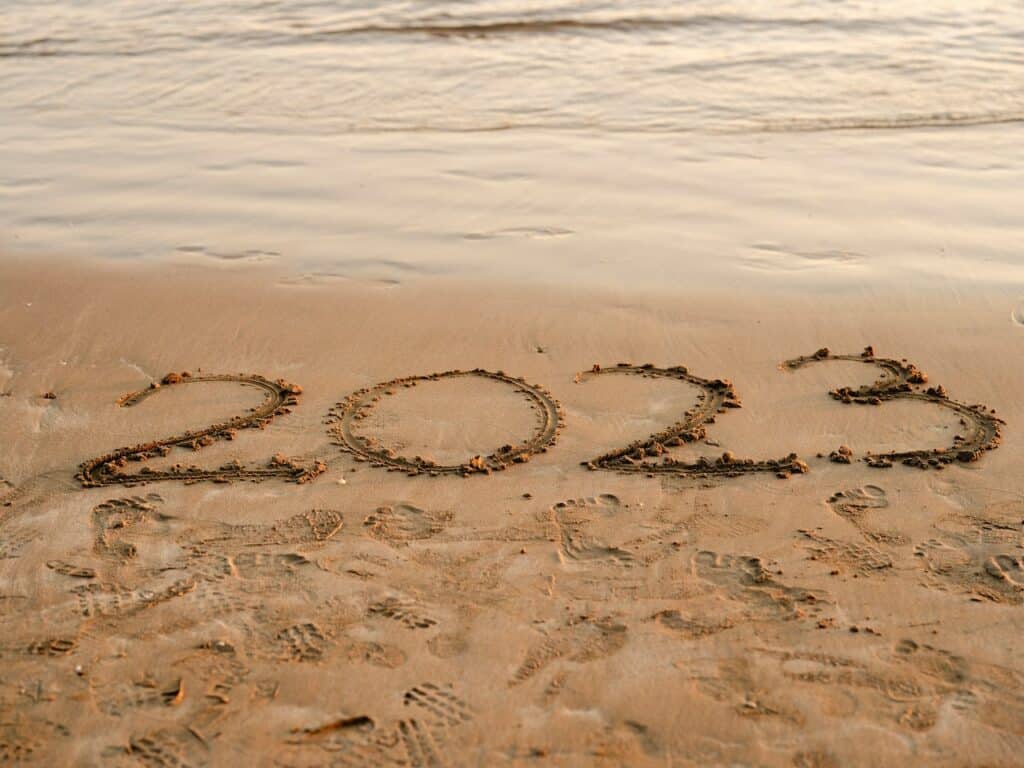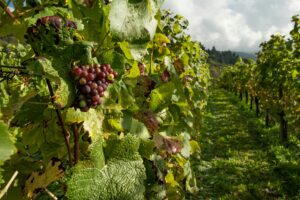A year ago, we summarised the wine trends that would dominate 2022. We anticipated that vintage champagne and prestige cuvées would be a hot investment, younger vintages of Bordeaux wines would be popular, and the fine wine market would continue to be robust.
During the year, we saw prestige champagnes lead the fine wine performance charts across the board, followed by Burgundy brands. Not only did these outperform mainstream equities, but also acted as an inflationary hedge. The Liv-ex 100 index rose by 7.1% in sterling currency in the first 11 months of the year, despite a November dip.
We expect that fine wine trends for 2023 bring variety and sustainability to the table, push the envelope on multiple fronts, and continue to invigorate the market. Here’s what to watch out for this year:
1. Values-based regenerative viticulture
As with other consumer goods, questions of sustainability in supply chain have grown more pressing in the case of winemaking. Wine drinkers are now getting invested in the farm-to-table process; how the grapes are grown, how the land is cultivated, how the workers are treated, what is added to the wine, and how it is packaged.
Wineries that uphold good practices to conserve the environment, mitigate climate change, restore the land, promote biodiversity, and provide fair treatment to their workers are capturing the interest and attention of the customer.
Wines that are low-intervention, organic, and biodynamic will take centre stage this year and regenerative winemaking (a farming philosophy of using natural processes to build restorative elements in the land to regenerate soil health and cover crops) will be the trend to watch out for.
2. Low and zero-alcohol wines
This is a trend that has been gaining ground for a while. The young health-conscious wine drinker is moderating their alcohol intake and prefer NOLO (no and low alcohol) over boozier bottles. Not too long ago, NielsenIQ reported a growth rate of more than 10 per cent for the NOLO category and over 30 per cent growth for the no-alcohol category.
Now major brands are releasing NOLO labels, like Stella Rosa introducing its Non-Alcoholic Naturals, and new brands like Sovi and Studio Null are launching to meet the growing consumer demand. The market is prime because the interest in de-alcoholised or non-alcoholic wines isn’t limited to Gen-Z or millennials… it is expanding to a wider customer set.
3. Ultra-premium and expensive fine wines
The luxury wine market has remained resistant to market turmoil and economic change over the past many years and through the pandemic. The positive outlook for 2023 means ultra-premium and extravagant wines will continue to occupy pride of place. The likes of Domaine Leroy, Domaine Arnoux Lachaux, Domaine Leflaive, and Domaine de la Romanée Conti, all top performers of 2022, will remain among the aspirational brands of this year.
In the words of Napa Valley importer Demeine Estates: “Consumers are drinking less but drinking better.”
Experts are also predicting a rise in the purchase of fine wines and finer ingredients to elevate the wine experience at home. On one hand, the world’s richest are pushing this trend, and on the other, the middle class (left with more disposable income from unrealised vacations and plans) is supporting it.
4. Digitization of the wine market
Direct-to-consumer, digitization, and technology in the wine market are today’s trends but tomorrow’s norm. The biggest consumer bracket today is tech-savvy and best captured by digital engagement. They grew up in the Internet age, they are coming into higher income brackets, and they are looking for connections online.
Augmented by COVID-19 consequences, things like marketing sustainability, trading collector’s bottles, signing up for wine subscriptions, joining wine clubs and communities, scanning QR codes on labels and menus, and following wineries and brands on social media, all rely on technology for success. For direct-to-consumer efforts to be successful, creators will have to combine storytelling with smart tech.
It’s time to bring the wine world to customers inside their homes, whether through wine investment apps or virtual wine-tasting experiences.
5. New and emerging wine regions
Older grape varieties will remain popular, but new and emerging wine-producing countries will inch into the spotlight. Romanian Pinot Noirs, for example, are already growing in popularity in the UK. The 2023 harvest in Plovdiv, Bulgaria looks to be promising.
As regions become warmer due to climate change, winemakers are looking elsewhere for cooler climates and higher altitudes. Regions like Loire Valley in France, noted for its fruity Sauvignon Blancs, and high-altitude sites in Argentina, known for their complex Malbecs, will be truly deserving of attention in 2023.
Likewise, while Champagne continues to perform, Italy’s Franciacorta will be winning over curious customers with its traditional-method sparklers that are low in price but high on prestige.
This trend is complemented by the increasing popularity of indigenous grapes like a Rkatsiteli from Georgia or an Assyrtiko from Greece. In fact, while lesser-known wine regions are turning out to be resilient, their indigenous grapes are proving to be the best at survival. For example, Lebanon’s indigenous white varietal Merwah is not only delicious but has survived war and upheaval and is now standing up to climate change.







